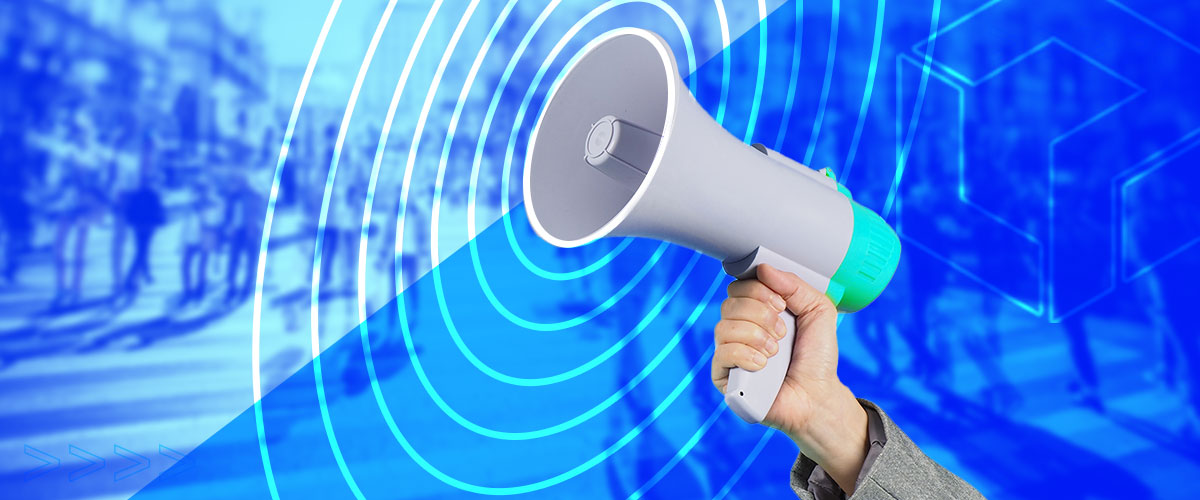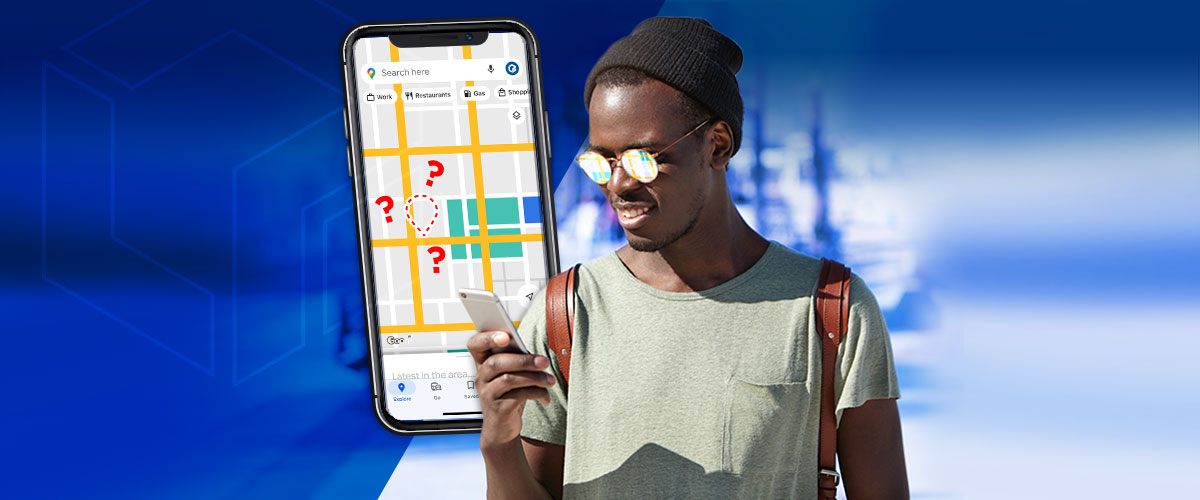When it comes to bringing visitors to a site, do we have to draw them a map? Actually, yes! Location pages are a necessity for any company serving multiple locations, helping them rank higher outside the town or city where they’re based. In appearance, location pages serve as smaller versions of the larger website, representing a specific store, franchise, or area served. They positively affect search engine results: the closer a user is to the business or area it services, the higher it ranks.
Do location pages help or hinder your local SEO efforts? They absolutely help, but it depends on the type of business and how the page is structured. A successful location page meets several criteria for gaining the search engines’ attention and bringing people to the site. Here are a few local SEO solutions Logical Position recommends to provide excellent directions for searchers and search engines alike.
Location, Location, Location!
Obviously, a location page is most effective for a specific place. If the business gets foot traffic, or services a certain area or region, a location page is needed. Brick and mortar stores benefit most, since the page provides the unique local information search engines crave. Beyond basic info like name, address, phone number, and directions, the page can host area-specific facts and characteristics to distinguish it from surrounding businesses—local staff and management, services and products suited to the area, and what have you. Whatever makes a business different is what gets noticed by search engines. Improve the odds by creating a Google My Business profile. This free service lets a company control how they appear in Google search results and products such as Maps. With Google My Business, the profile shows up in the top right section of the search results page, and can be accompanied by contact info and other eye-catching elements, like photos. And speaking of images…
Picture This
Image is everything, and pictures on location pages and business profiles add more to a local persona online. Provide photos of the store or building’s exterior and interior, the workspace, products, staff, and similar subjects. This helps users find and identify the place, naturally, but also establishes a presence and puts the store in context in the community. Google My Business, Maps, and other tools grab these images and run them with the listing as well. For visual appeal, photos can’t be beat. Lastly, maps are indispensable. Provide directions and a map showing where the business is and how to get there.
Keep in Contact and Ready to Convert
Encourage conversions on every page. Basic contact forms and quote requests are the standard, letting customers get in touch while compiling leads for future marketing. Don’t stop there! Add other avenues for engagement, such as a button that takes customers to the Google My Business page or motivates them to sign up for a newsletter or email alerts. Another good idea: set up a means for customers to leave ratings and reviews that post to the site. This provides more local “flavor” to a site and gives the business a greater presence in the community. More about this and something called social proof in the next section…
Back to Backlinks
It’s not enough to say you’re from somewhere, you need to demonstrate you’re part of a community as well. Backlinks are links to the company’s site from other sites. With location pages, it’s best to connect with community businesses and organizations. Seek listings and links with the local Chamber of Commerce, charities, local media outlets, professional associations, and other businesses. Build social proof of being active in the community to lend legitimacy and trust to the site.
Next Steps
Keep in mind, while there may be unavoidable similarities between location pages, make sure they’re not too similar. Don’t copy and paste text from one page to another. Reduce duplicate content as much as possible to differentiate individual location pages from the home page and each other. Unique elements like phone numbers, addresses, hours, and different product and service descriptions can help, but they shouldn’t do all the heavy lifting. Keep the copy fresh and distinct. Search engines consider too-similar copy over several pages redundant and may not index them.
So, do location pages help or hinder your local SEO efforts? Clearly, the answer is yes. Want to learn more about local search engine optimization? Logical Position offers local seo packages that put more eyes on the site and inspire more clicks. To learn more about local seo services, contact us today for a free consultation!





